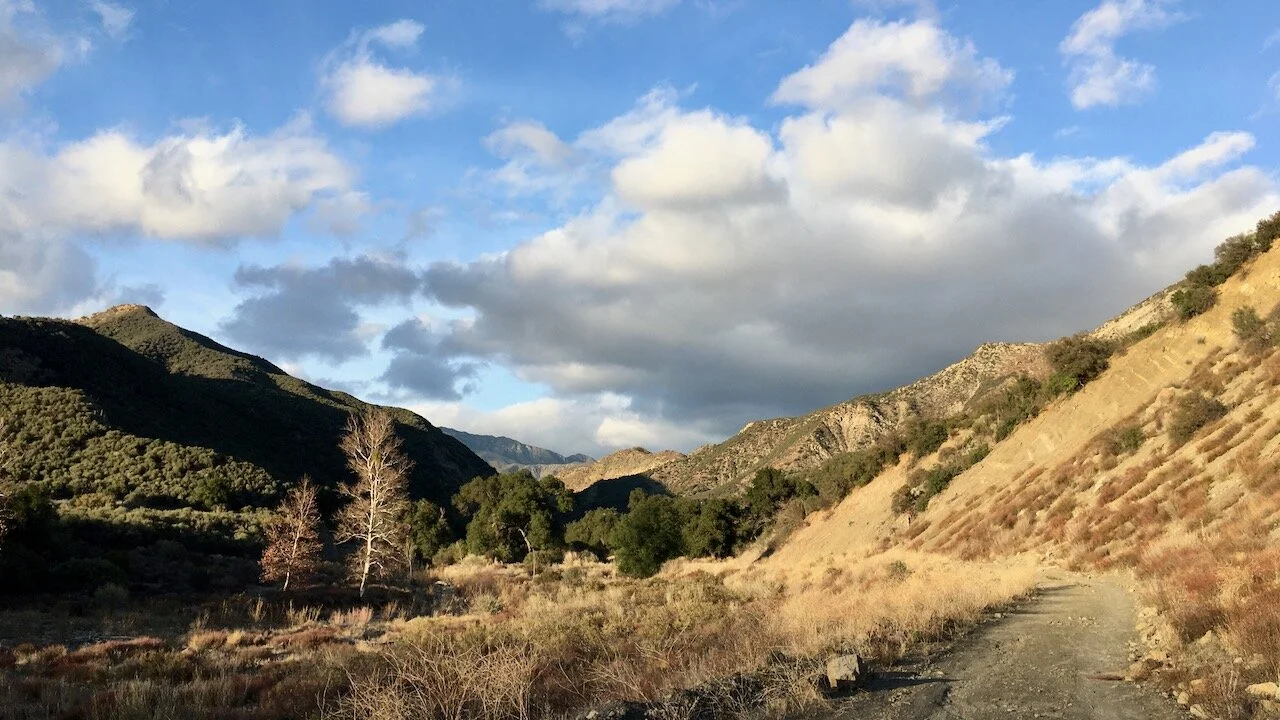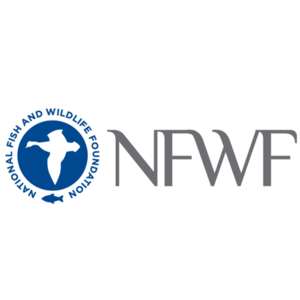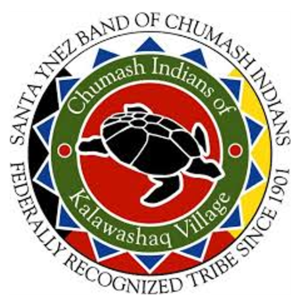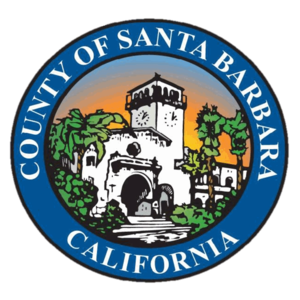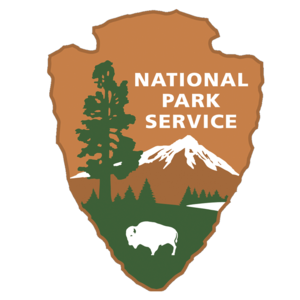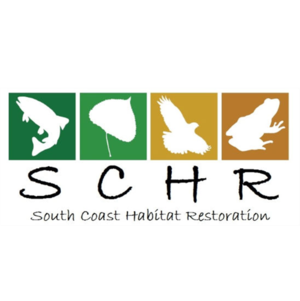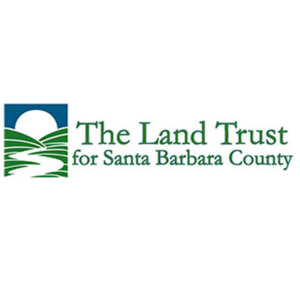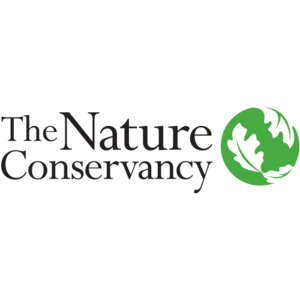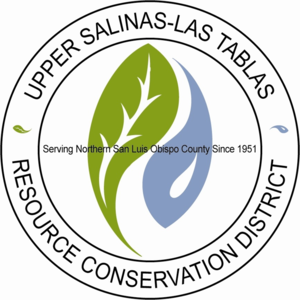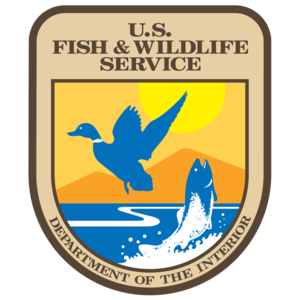About Our Restoration Work
Channel Islands Restoration (CIR) has been restoring habitats on the Channel Islands and the coastal areas of Southern California since 2001.
We specialize in eradicating non-native invasive species, propagating native plants, planting native plants, installing irrigation systems, preparing habitat restoration plans, and conducting botanical or biological surveys.
CIR staff have expertise in the identification of native and non-native plants, and threatened and endangered species. CIR is a licensed landscape contractor and licensed to apply herbicides. We have worked on 30 different projects on the Channel Islands, and more than 70 projects in Santa Barbara and Ventura Counties.
Our clients include four federal agencies, six state agencies, nine local or tribal agencies and sixteen private entities.
Our Services Include
→ Habitat Restoration
→ Native Plant Propagation
→ Invasive Plant Control
→ Environmental Education
→ Surveys and Studies
Our Success Stories
→ CIR has over 20 years of habitat restoration experience.
→ CIR has worked on 30 projects on the Channel Islands.
→ 75 projects on the coast of Southern California.
→ Our clients include 4 federal and 6 state agencies
→ 9 local or tribal agencies and 18 private entities.
→ We have worked with more than 10,000 volunteers.
→ 3,200 were students from underprivileged schools.
“I have worked with CIR for several years in different roles and seen their crew tackle a huge range of different types of projects. Every one has had its unique challenges. CIR’s leadership takes these challenges head on and always with great creativity and enthusiasm. I am constantly amazed by the wide range of skill sets and knowledge that the crew have. Everyone from the newest crew members to the team leaders who have been here for years seems to look forward to every day.”
Contact Us Today About Habitat Restoration
Select Clients
& Partners
& Partners
Additional Info
Our Qualifications
Our Restoration Qualifications
Complete List Of Project Sites
Habitats we restore
Coastal Sand Dunes
Estuaries
Vegetated Beaches
Native Grassland
Riparian Forest
Oak Woodland
Coastal Sage Scrub
Ocean Bluff Habitat
Wetlands
Species we protect
San Clemente Island Lotus
Hoffman’s Rockcress
Braunton’s Milk Vetch
Ventura Marsh Milk-Vetch
Salt Marsh Bird’s-Beak
Beach Spectaclepod
California Red-Legged Frog
Two-Striped Garter Snake
Arroyo Toad
Legless Lizard
Blainville’s Horned Lizard
Our Habitat Restoration At Work
Braunton's Milkvetch growing in the Camarillo nursery.
A CIR Field Technician installs the endangered plant.
Lake Los Carneros
CIR restored sites at Los Carneros in Goleta. With funding from the Goleta Valley Land Trust and support of the City of Goleta, the project involved removal of invasive plant species from the perimeter of the lake followed by revegetation of the area with native plants. More than 350 volunteers helped with the various stages of restoration. The project emphasized community involvement and education, and enhances important bird habitat and directly benefits Santa Barbara honeysuckle (a species of special concern.)
Refugio Creek Arundo Removal Project
From 2006 to 2009, CIR removed Arundo donax from Refugio Creek. CIR worked with The Land Trust of Santa Barbara County, the Cachuma Resource Conservation District, Santa Barbara County Flood Control District and private landowners.
We re-established native riparian habitat along the creek corridor by planting more than 3000 trees, shrubs, and herbaceous annuals. These plantings stabilized the creek banks, created shade to cool and conserve water in the creek and provide excellent habitat for a wide array of local wildlife.
Saddle Peak Spanish Broom Eradication
CIR worked with the Santa Monica Mountains Trails Council and the Santa Monica Mountains National Recreation Area to eradicate Spanish broom (Spartium junceum) at Saddle Peak in Los Angeles County.
CIR staff trained volunteers in eradication techniques and helped supervise volunteers.
San Marcos Foothills Restoration
Channel Islands Restoration is restoring habitats for native animals in several critical areas on the San Marcos Foothills Preserve.
These projects were designed to improve the native plant communities that support species such as burrowing owls, breeding grasshopper sparrows, breeding white-tailed kites, raptors, and other native animals.
CIR has worked with more than 2,000 volunteers on the San Marcos Foothills Preserve!

